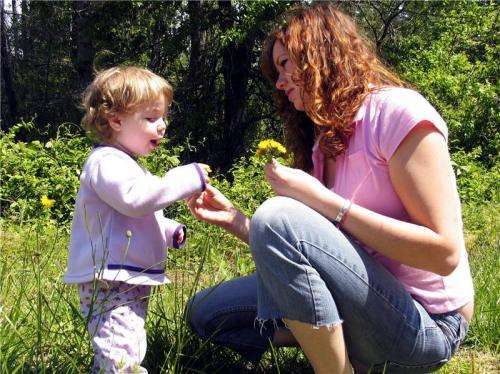Can technology promote neighbourliness?

Four European cities are currently testing whether digital technology can be used to encourage physical interaction and promote safety among local communities. Games technology is being used to get people interested.
Birmingham council runs a red double-decker bus along the streets of one district, picking up people with opinions to share and taking them to Victoria Square in the city centre. Here they take part in workshops and discussions as to how they can create better neighbourhoods in their communities.
Participation and involvement
"The concept of 'co-design' is key to everything we're planning", says Sobah Petersen at SINTEF. "Instead of the council taking decisions over everyone's heads, the residents themselves will be involved in the design process", she says. "For this reason it's vital to involve people so that their needs and opinions get a hearing", says Petersen.
The four test cities have adopted different topics as their starting points. In Ålborg focus has been directed on the elderly and how to find people willing to visit them. In Lisbon the emphasis is on language tuition and attempts to link those who want to learn with those who want to help. The council here is also working to link people with ideas about products to entrepreneurs and funding sources.
In Birmingham the council had previously carried out a project using cycling as a way of getting women to take exercise, after which the whole group felt that their health had improved. However, when the project was wound up, interest waned due to a lack of leadership and motivation. There are plans to revive this project.
What's happening in the neighbourhood?
The councils taking part in the tests haven't started entirely from scratch. In most cases, projects have been kicked off in districts where activities and networks are already established (see articles published in the Guardian). Workshops have been organised in all the districts involved.
In Trondheim, researchers have contributed concept definitions and technical architecture.
"In the real world, people often gather in the city square", says Sobah Petersen. "We can create a technical platform on the internet which functions as an assembly point. In the same way as on Facebook, people can share their experiences, make plans to meet, and read each other's news and opinions", she says.
"And what does all this achieve?"
"On the one hand we get a picture of how people in the neighbourhood behave. The synergy is generated by the activities and the physical encounters between people. It is this that encourages feelings of trust, satisfaction, and belonging – all those things we associate with neighbourliness".
"But how are you going to get people involved?"
"We use ideas taken from the world of games, where characters award points and scores as rewards for acknowledging their customers. For example, residents can win points every time they use one or other of the services available on the platform. They might invite a neighbour to join them in an activity by recommending a page or by sharing photos with a group. By awarding points the councils can promote activities they regard as important".
SINTEF researchers have also used principles from psychology to prepare specific playing cards with names like "Award" and "Score", which have been used as tools both in the workshops and in our day-to-day work.
Skype meeting
Today, Sobah Petersen is planning to discuss and share the latest news with participants in Birmingham and Ålborg – on Skype.
She is excited about how the project will evolve during the remainder of its term. Together with her colleagues Manuel Oliveira and Siva Ekambaram she is constantly evaluating results against the project's goals.
"We hope to be able to present some relevant results by that time", says Petersen. "Such as the women cyclists in Birmingham, who found each other, kept going and improved their health", she says.
"Many of the issues we are working with across Europe are also relevant to our cities here in Norway. Using involvement in activities to re-awaken the traditional spirit of neighbourliness and strengthen community ties will have benefits in Norway, too", says Petersen.
- The EU project "My neighbourhood, My city" is continuing from 2013 to 2015. For more information, visit my-neighbourhood.eu/
- The project aims to combine new digital technology and techniques to strengthen existing neighbourhood links.
- The countries taking part are Portugal, Belgium, Denmark, Finland, England, Italy and Norway.
- Project management is being carried out in Portugal.
Provided by SINTEF



















